Beyond Nancy Pelosi's Power Coat: Inside Max Mara's Fashion Museum
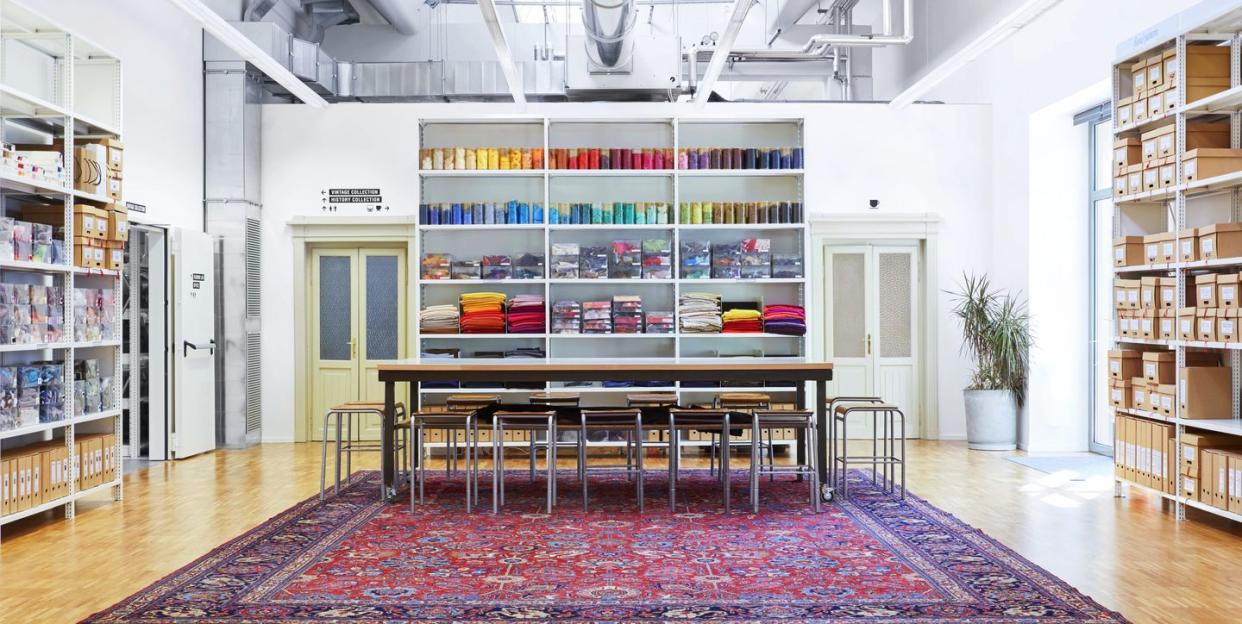
“Questo è meraviglioso.” Even if you don’t speak Italian, it’s hard to miss the enthusiasm of the designer Laura Lusuardi. She lights up, her expression suddenly bursting with pride and fascination, gripped, it seems, even all these years after she acquired it, by the construction of a pristine 1954 white Chanel suit. “Molto emozionante.”
Lusuardi is a grande dame at Max Mara, and she is standing inside the archive and library she persuaded the Italian label to assemble. The trove comprises Max Mara’s storied past (which includes the work of Anne-Marie Beretta, Jean-Charles de Castelbajac, and Karl Lagerfeld) as well as fashion from the 20th century and beyond, a world class collection of 300,000 garments, accessories, and artifacts that comes as near to museum quality as a collection in private hands can.
For fashion students it’s an education; for the impeccably turned-out women who have worshiped at the church of Max Mara for years-including, it seems, Nancy Pelosi-it’s a site worthy of pilgrimage. Many of the label’s devotees have, in fact, donated items from their own wardrobes to the collection, women who rank among the world’s best-dressed, past and present: the late, eccentric art dealer and Andy Warhol subject Holly Solomon; the late Vogue Italia editor Franca Sozzani; the clotheshorse and stylist Carine Roitfeld.
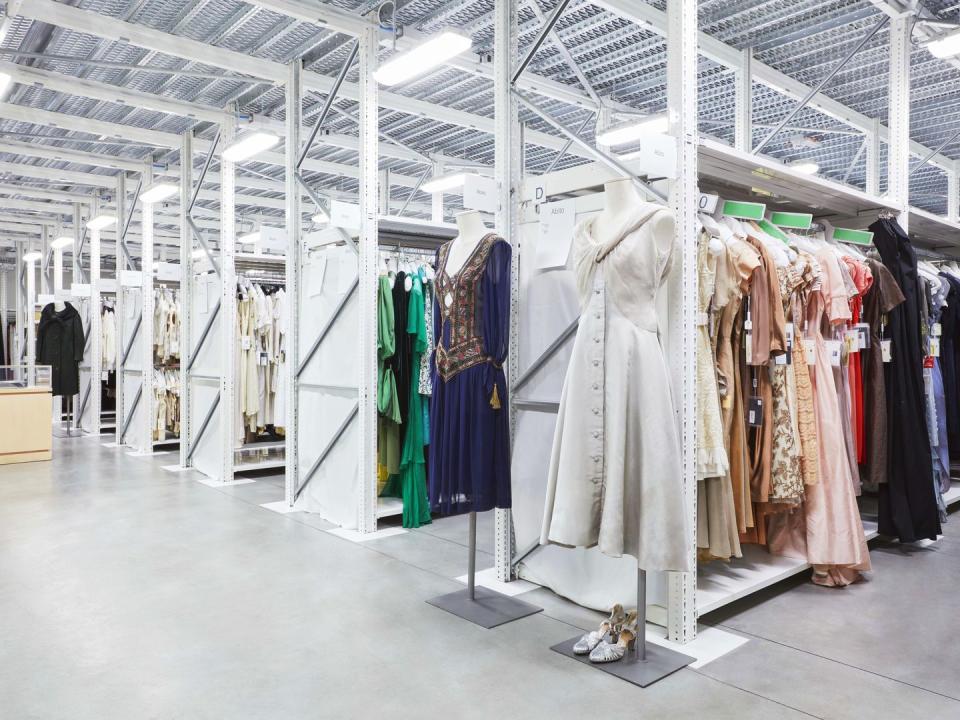
To fashion scholars, the breadth of the collection makes it unique, and ahead of its time. “Laura is a real visionary who understood the importance of history and archives in a period when they were taken for granted,” says the editor and 10 Corso Como founder Carla Sozzani. The author and curator Pamela Golbin adds, “Collectors don’t donate private effects unless it’s to a museum. Certainly not to a brand. That Max Mara has entire wardrobes is rare, and it speaks to the spirit of the house, in their thinking of a woman’s life from day to night.”
The conservation of clothes for study used to be the province only of museums, but it has caught on with fashion houses in the past decade, partly due to the industry’s brutal designer turnover. Some labels, like Calvin Klein and Lanvin, have long cultivated significant house and -inspiration archives, and for others it’s now becoming increasingly relevant. “Creative directors with three-year contracts need to get up to speed quickly, and they can do that only if they have access to pieces from the past,” Golbin says. “Archives then become a vital part of a company’s DNA.”
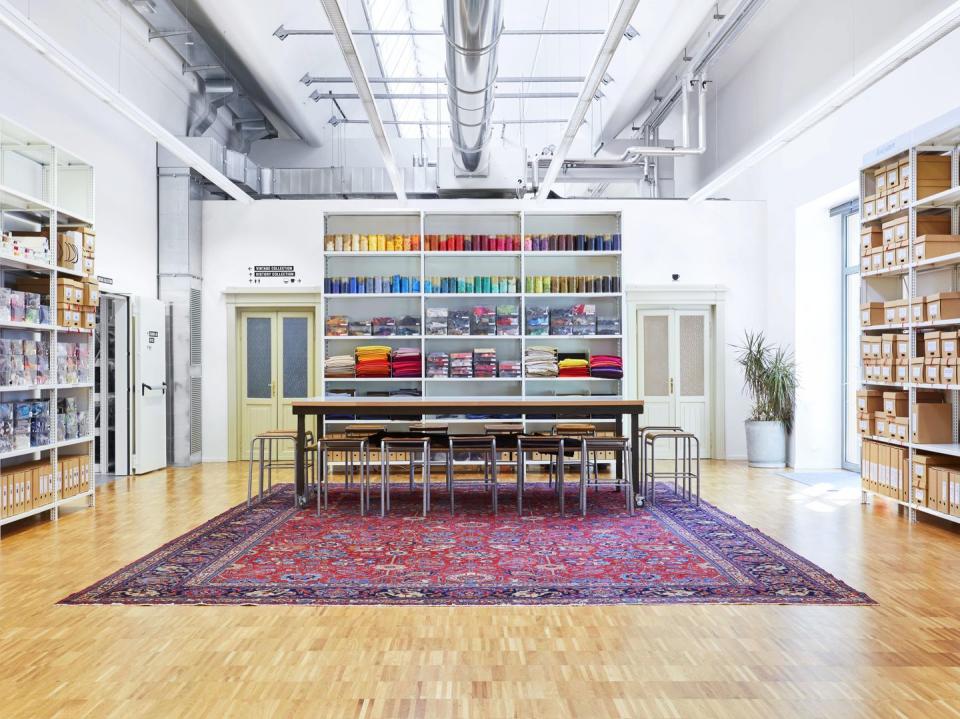
Like Max Mara’s classic coats, the BAI (Biblioteca e Archivio di Impresa), as this sartorial Louvre is officially called, is understated but formidable. Located on the company’s campus in the city of Reggio Emilia, it is housed in a former stocking factory. It was inaugurated for archival purposes in 2005, but it was not open to outsiders until last summer, when the label staged its first cruise show inside the venue that is also home to the redoubtable art collection started by Achille Maramotti, who founded Max Mara in 1951.
Lusuardi seems to have come with the furniture-an Americanism that makes her laugh because it’s more or less true. She joined in 1964 as a designer’s assistant and rose through the ranks under Maramotti’s tutelage to become the founding creative director of Sportmax, one of nine brands within the company. Her official title is fashion coordinator, but she’s more like the keeper of memories. “I grew up here,” Lusuardi tells me.
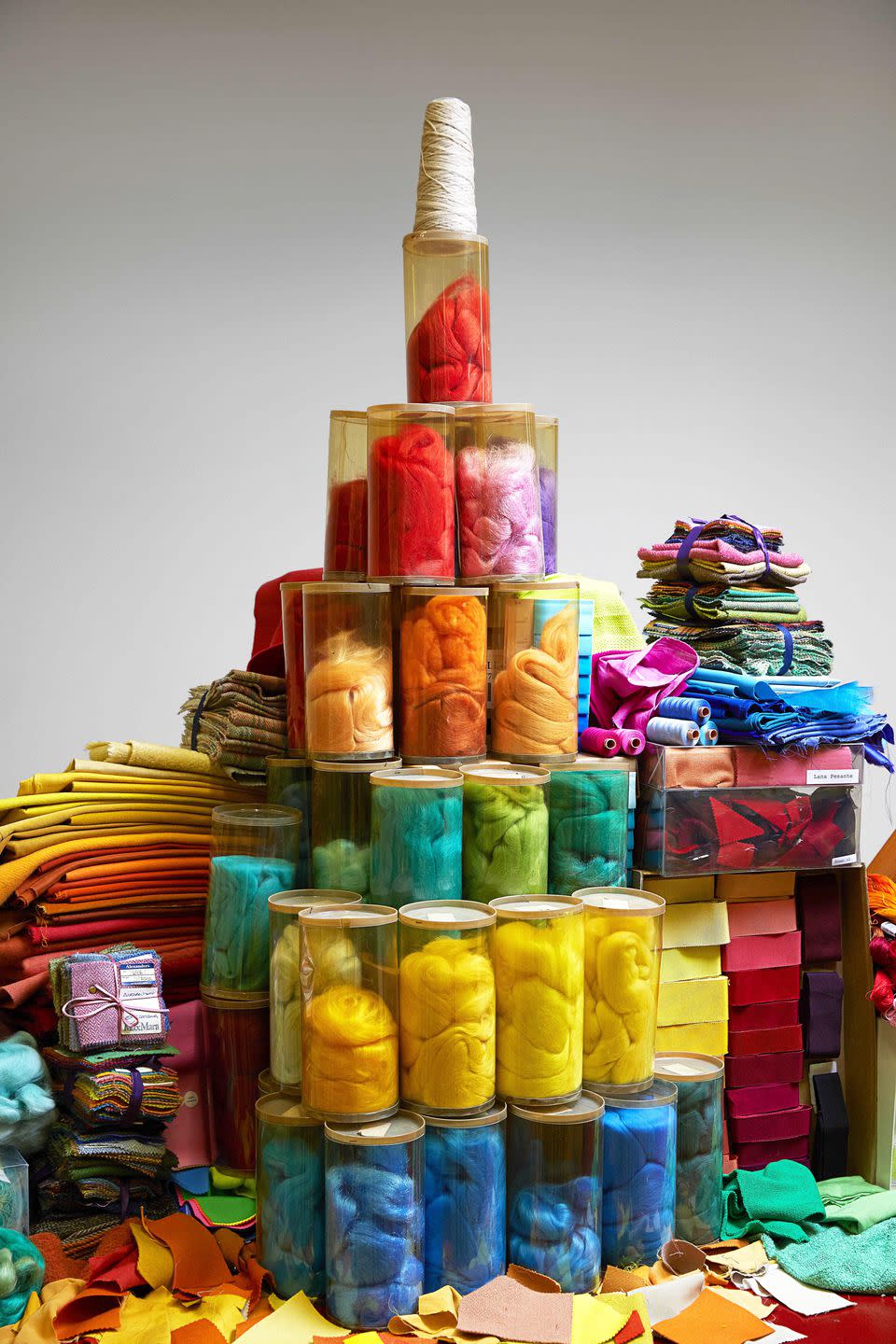
“She’s practically a member of the family,” says Maria Giulia Maramotti, global brand ambassador and Achille’s granddaughter. In her regular all-black ensemble and sensible leather loafers, Lusuardi comes across as a nonna swathed in Comme des Garçons-the Japanese label she collects furiously for herself-when she greets me on the first of the complex’s three levels, where seven decades of Max Mara sketches, samples, textiles, and editorials are tucked away in rows of file drawers, boxes, and racks.
Among the riches are about 8,000 items in the so-called Vintage Collection, which includes historically notable garments mostly collected by Lusuardi in her travels: New Look–era Dior, 1950s Balenciaga, a pair of slingback pumps from Yves Saint Laurent’s infamous Scandale collection, and a virginal lace dress by an unknown designer dating from the Russian Revolution. And the “Fondo,” the vast personal wardrobes donated by women like Roitfeld, whose contributions are divided by country and feature at least 40 labels, from Pierre Cardin to Vêtements.
The story of the BAI began in 2003 in Berlin, where Lusuardi was called on to curate a museum exhibit of coats and she realized that no one had ever methodically catalogued the label’s heritage. At the same time she knew from experience that designers rely on archival references and garments to conceive new collections, of which Max Mara’s various labels produce about 60 a year.
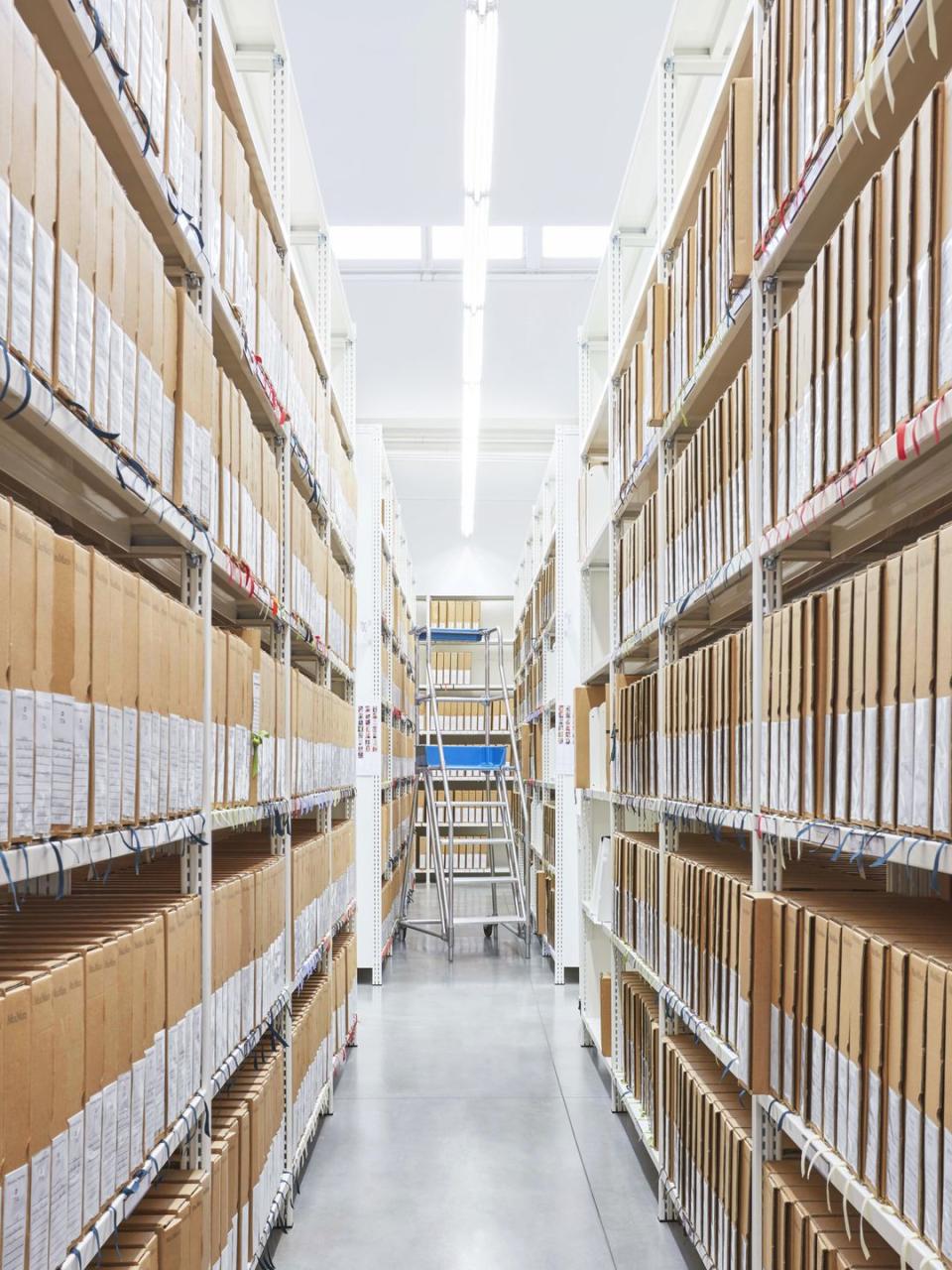
“It was kind of magic,” she says. “This building was empty, and our designers needed a place to reflect and research.” Among the designers who visit often is Ian Griffiths, the Max Mara label’s -creative director. It was here, for instance, that he found just the right reference for the opening and closing look of the cruise -collection, the signature 101801 coat, which he updated as a cape-in pure camel.
“It’s the most valuable resource we have,” he says. “It’s not a museum, it’s a living thing. Each time we put in something that is different or alien, it’s like when you put a bit of sand into an oyster and it makes a pearl. ”
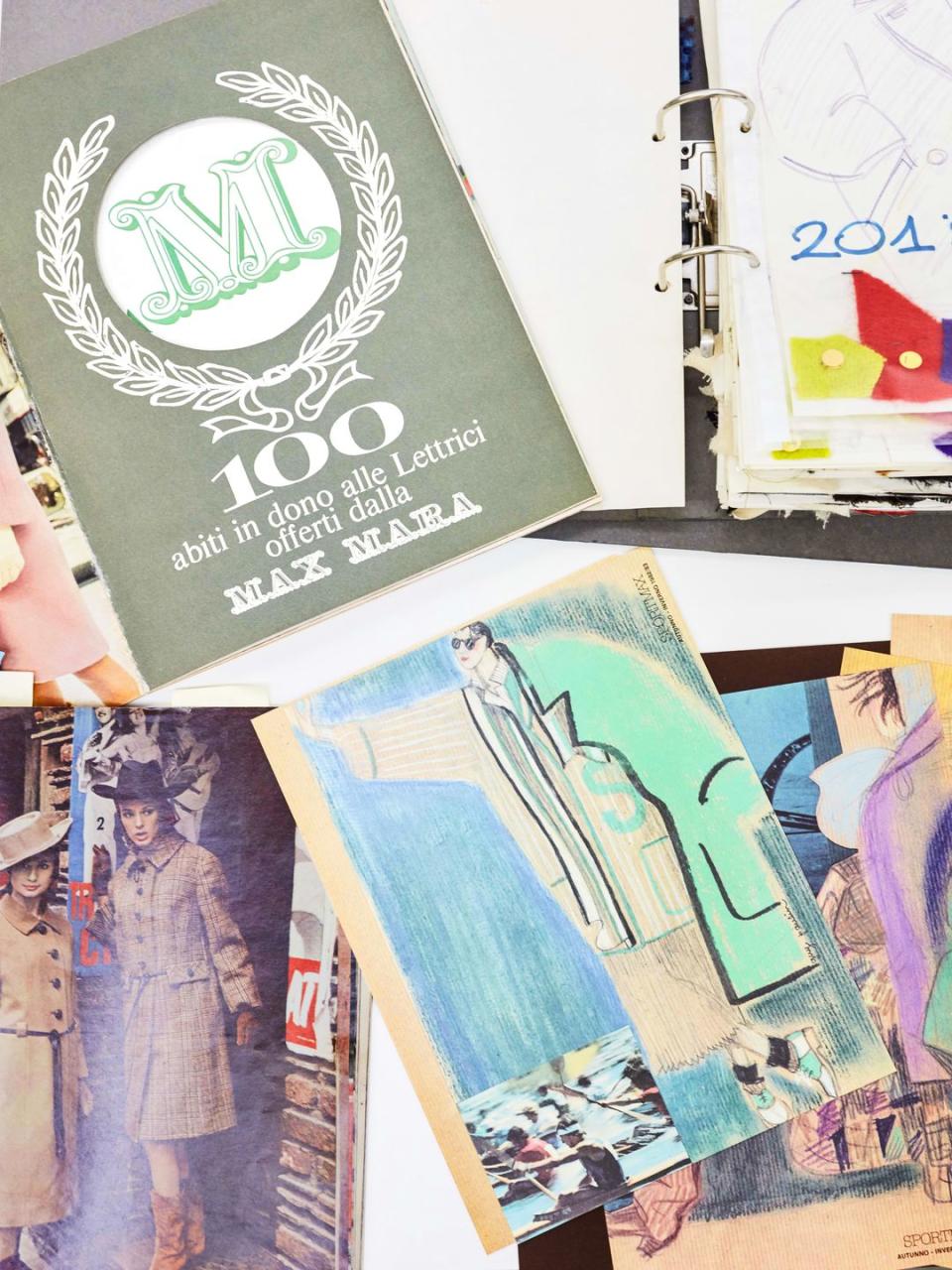
Lusuardi, whose own contributions are scattered all over, relishes the younger designers exploiting her passion project. And she doesn’t seem to be slowing down. “La passione è tutto,” she says. “Passion is the engine.” And so she still roams the world in search of items that will surprise, enchant.
Her holy grails? Coats, of course, though she may have drained the well by now.
“It’s really hard nowadays to find beautiful things,” she says.
This story appears in the February 2019 issue of Town & Country. SUBSCRIBE
('You Might Also Like',)

